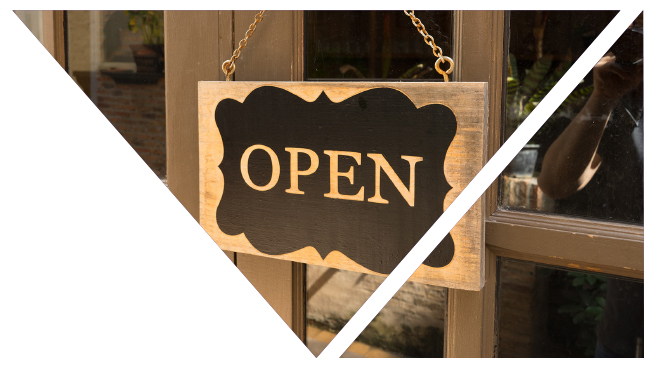The U.S. Small Business Administration (SBA) has announced that it achieved record levels in fiscal year 2016 small business lending through its 7(a) and 504 loan programs, along with noteworthy increases in lending to women, veterans and underserved communities.

 Login
Login




















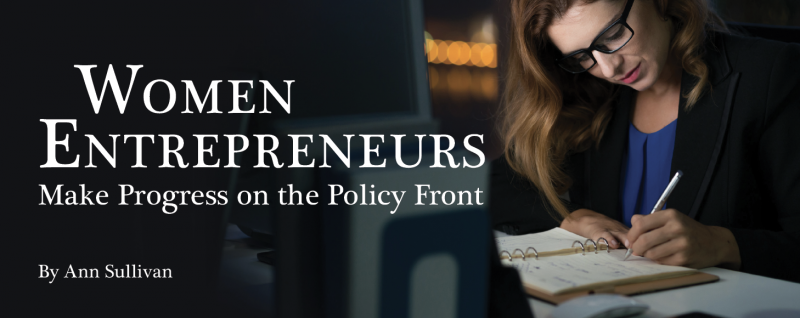
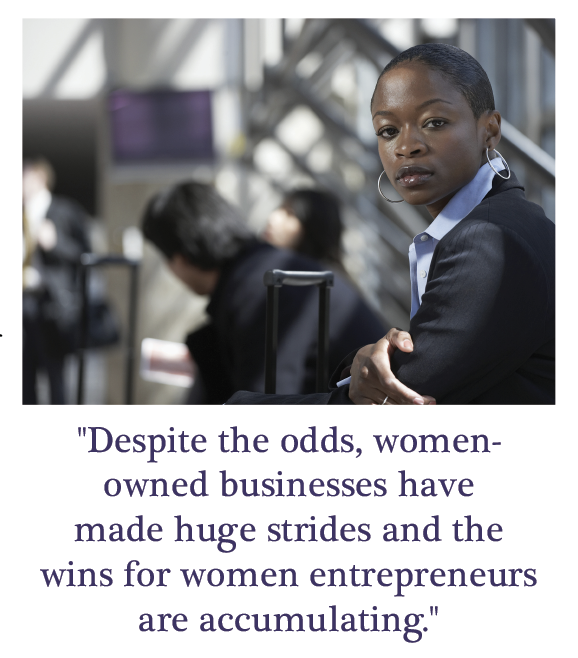
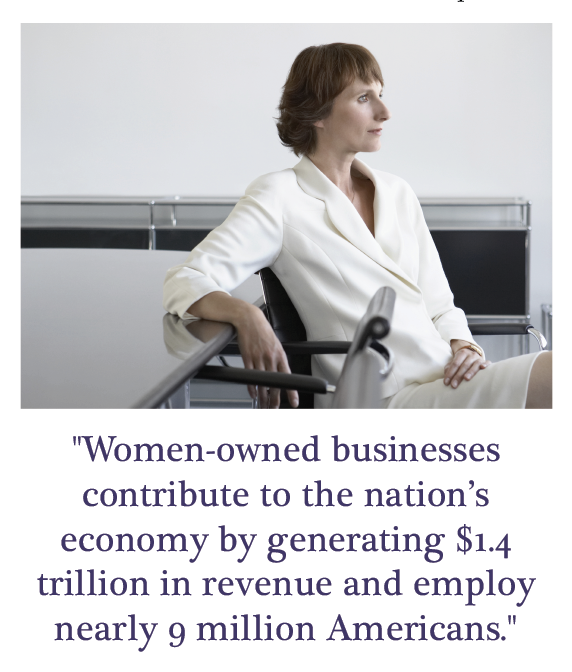

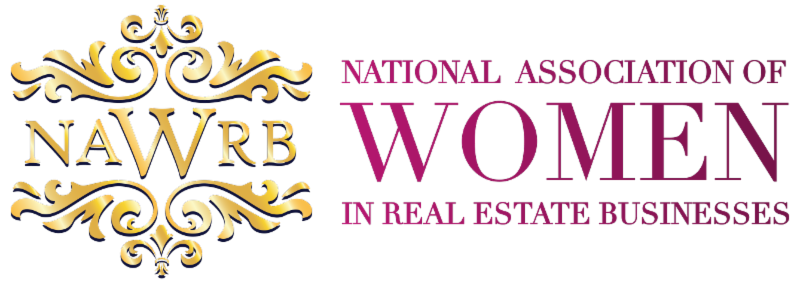












 Upcoming Events
Upcoming Events The state of gender equality remains dismal in the United States, as it always has been. From Fortune 500 boardrooms to poverty levels, gender imbalances touch and impact all aspects of women’s lives. It has been almost 30 years since women could get business loans without a male cosigner and yet, a majority of women continue to lack awareness of special programs and designations for which we have worked so hard to develop and implement to increase diversity spend for women.
The state of gender equality remains dismal in the United States, as it always has been. From Fortune 500 boardrooms to poverty levels, gender imbalances touch and impact all aspects of women’s lives. It has been almost 30 years since women could get business loans without a male cosigner and yet, a majority of women continue to lack awareness of special programs and designations for which we have worked so hard to develop and implement to increase diversity spend for women.




